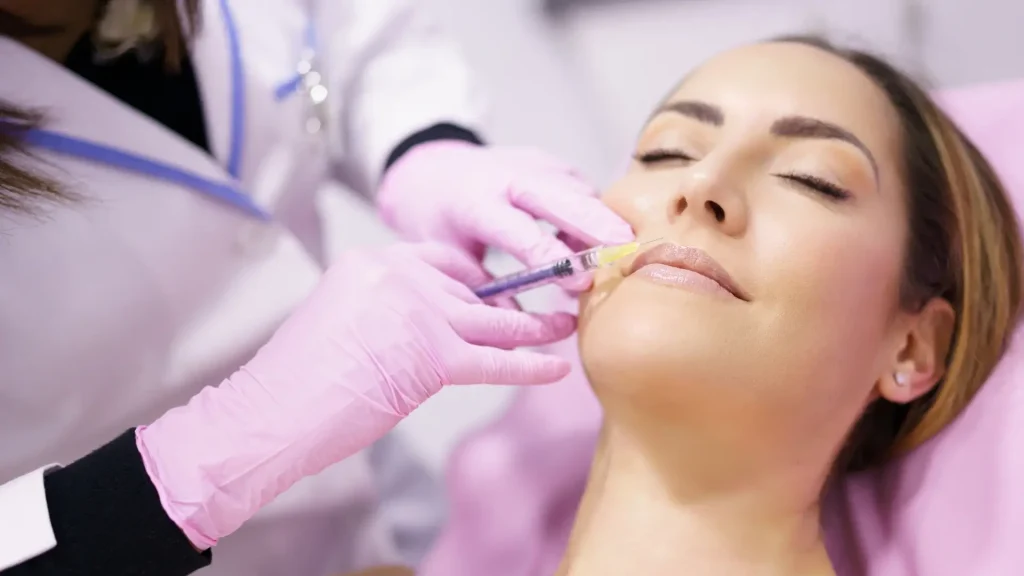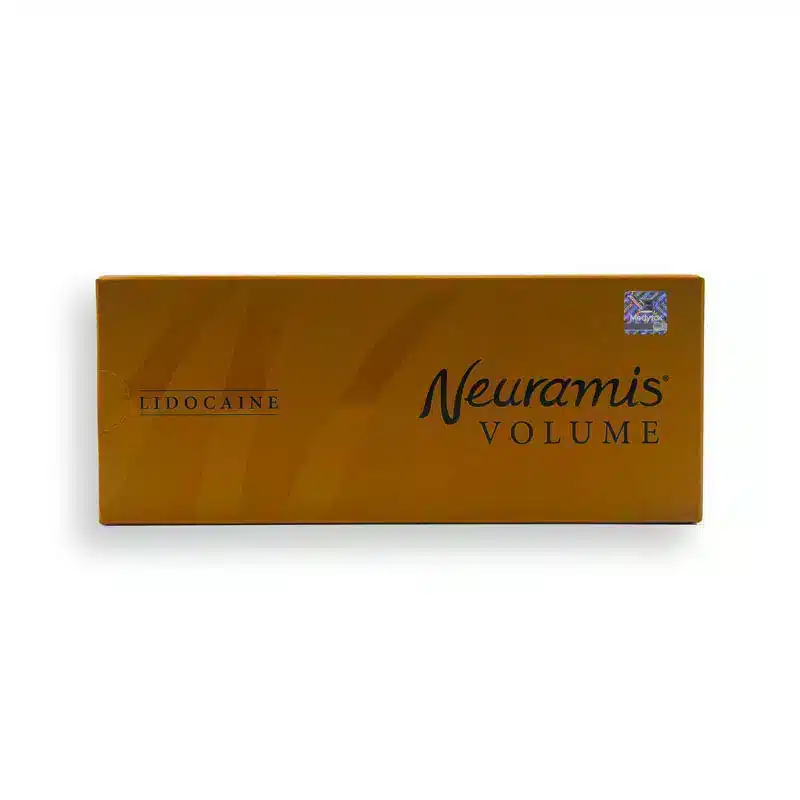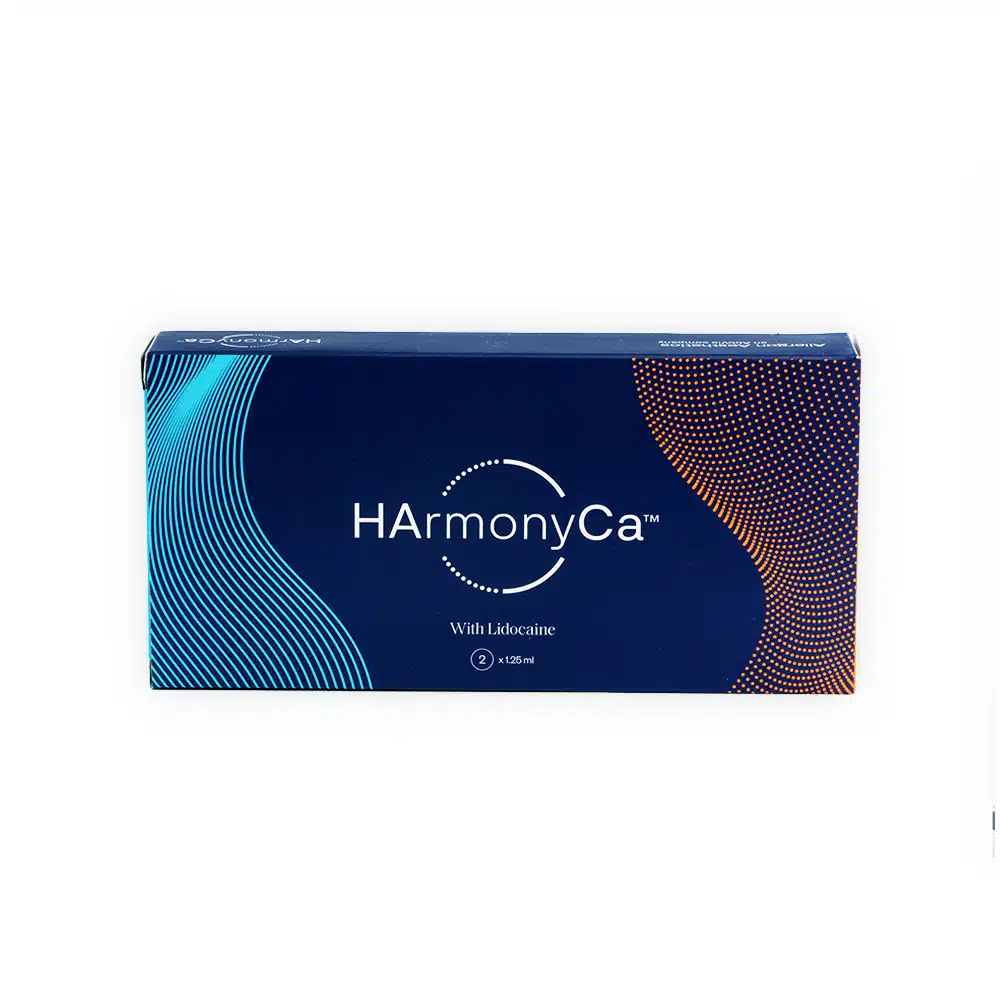Did you know that common adverse events associated with dermal fillers typically occur in the treatment area? A study revealed that most individuals experience minimal swelling, lumps or bumps, and firmness, particularly in the midface, perioral line, and lip regions.
Hyaluronic acid injectables have become a top choice among dermal fillers for addressing facial skin concerns. Aesthetic professionals frequently recommend products like Neuramis fillers due to their effectiveness and safety. However, even with high-quality products, patients may still encounter certain side effects, which should be discussed openly before treatment. Knowing what is normal and when to seek help can significantly impact the overall experience.
This article will explore the potential Neuramis filler side effects, the common and rare occurrences, proper management, and when to consult a healthcare professional.
Key Takeaways
- Despite its safety profile, individuals should know that common Neuramis filler side effects, such as swelling and redness, may occur post-treatment.
- The common Neuramis filler side effects typically subside independently within a few days to a week.
- Although infrequent, allergic reactions or infections may still occur and are caused by several factors, such as improper injection technique or individual characteristics.
- Adhering to providers’ post-treatment instructions can lead to optimal outcomes and a safe recovery period.
- Follow-up appointments allow providers to assess an individual’s treatment response and detect and manage adverse effects early.
About: Medica Depot is your trusted all-in-one supplier, offering a range of high-quality medical injectables and supplies. Buy Neuramis at Medica Depot today! Whether for health professionals, plastic surgeons, dermatologists, licensed estheticians, or other specialists, we can offer genuine, brand-name products you may need. With Medica Depot, we prioritize serving you better to improve the patient’s quality of life.
Common Side Effects of Neuramis Fillers

Medytox developed the Neuramis collection of fillers to compete strongly against other hyaluronic acid-based dermal fillers. The South Korean biopharmaceutical company utilized the unique SHAPE technology, which employs a two-step cross-linking process and high purification in the formulation. This ensures high-quality and longer-lasting results.
While there are no updates regarding Neuramis FDA approval, these injections have gained acceptance in over 35 European and Asian countries. Despite its generally well-tolerated safety profile, individuals should know that common Neuramis filler side effects may occur post-treatment.
- Temporary Redness and Swelling: These are common symptoms following Neuramis filler for lips or other treatment sites. Redness and swelling occur as the body responds to the needle insertion and filler material.
- Bruising at the Injection Site: Due to the needle puncture of small blood vessels under the skin, patients may experience bruising at the injection site after treatment.
- Itching or Tenderness: After injection, individuals may feel these sensations in the treatment area. These are typical side effects; patients must avoid touching the treatment area to avoid complications.
These common Neuramis filler side effects typically subside within a few days to a week. Patients can expect mild to moderate symptoms but can resolve independently. Once these subside, individuals can notice the transformative effects of Neuramis fillers for their facial rejuvenation.
Rare Side Effects of Neuramis Fillers
While the typical side effects can be resolved without further management, rare but severe side effects may require prompt action. Although infrequent, these reactions may still occur and be caused by several factors, like improper injection technique or individual characteristics.
- Allergic Reactions: Some patients may have hypersensitivities to any components of Neuramis fillers. Symptoms may include redness, hives, rash, severe swelling, and difficulty breathing.
- Nodule Formation: The uneven distribution of the filler material can lead to lumps under the skin, which are frequently felt and sometimes seen.
- Infection: Individuals may experience this rare side effect at the injection site. It can manifest as redness, pain, swelling, and sometimes fever.
If these rare side effects from Neuramis fillers occur, patients must seek immediate medical attention for prompt action and appropriate management.
Managing Neuramis Filler Side Effects

Adhering to providers’ post-treatment instructions can lead to optimal outcomes and a safe recovery period. Practitioners may offer individualized tips for each patient that can help minimize potential risks and ensure patient satisfaction.
- Following Aftercare Instructions: Carefully adhering to post-treatment instructions provided by your healthcare professional is essential for achieving the best results and reducing complications. These instructions may include advice on avoiding certain activities or skincare products.
- Using Cold Compresses: Applying ice packs to the treatment area can alleviate swelling and discomfort. Providers may recommend intermittent use for the first 24 hours post-treatment to help control these symptoms.
- Avoiding Certain Medications: Patients should avoid medications that can increase bleeding or bruising, such as aspirin or NSAIDs unless otherwise instructed by their healthcare provider.
Other general tips include avoiding excessive sun exposure and staying hydrated to promote healthy recovery and longer-lasting results. Patients can support an effective and comfortable recovery process by following these management steps.
When to Consult a Healthcare Professional

A consultation with aesthetic professionals after treatment can equip patients with information about post-procedure. These providers can discuss when to consult and seek medical attention, empowering patients to make informed decisions for their health. Patients should consult their trusted practitioners when these occur.
- Persistent or Severe Side Effects: Patients should consult a healthcare professional if common side effects, such as swelling or redness, persist for longer than expected or if they experience severe discomfort. These symptoms could indicate complications that need immediate medical attention.
- Signs of Infection: Symptoms like increased redness, pain, swelling, or fever at the injection site may indicate an infection. If any of these signs are present, it is important to seek prompt medical care.
- Allergic Reactions: Severe symptoms such as hives, difficulty breathing, or significant swelling could indicate an allergic reaction. Patients should seek urgent medical help if these symptoms occur.
Regular follow-up appointments with healthcare providers are also essential, allowing practitioners to assess the treatment’s success and detect any adverse effects early on.
Conclusion
Understanding the potential side effects of Neuramis fillers is crucial for anyone considering this treatment. By being aware of both common and rare side effects, patients can make informed decisions and take appropriate steps during recovery.
Adhering to aftercare instructions and consulting a healthcare professional when necessary helps minimize risks and ensure the best outcomes. With proper care, Neuramis fillers can offer effective facial rejuvenation safely.
FAQs
1. What are the common side effects of Neuramis fillers?
Common side effects of Neuramis fillers may include temporary redness, swelling, bruising at the injection site, itching, and tenderness. These typically subside within a few days to a week.
2. What are the rare side effects of Neuramis fillers?
Rare side effects of Neuramis fillers may include allergic reactions, nodule formation, and infection at the injection site. These may require prompt medical attention.
3. How can Neuramis filler side effects be managed?
Adhering to providers’ post-treatment instructions can lead to optimal outcomes and a safe recovery period. Patients should follow individualized tips from their practitioners and seek immediate medical attention if rare side effects occur.
References
- Colon, J., Mirkin, S., Hardigan, P., Elias, M. J., & Jacobs, R. J. (2023). Adverse Events Reported From Hyaluronic Acid Dermal Filler Injections to the Facial Region: A Systematic Review and Meta-Analysis. Cureus, 15(4), e38286. https://doi.org/10.7759/cureus.38286
- The Smart Choice of HA Dermal Filler Neuramis®. (n.d.). Medytox. Retrieved October 4, 2024, from https://neuramis.uk/wp-content/uploads/2020/12/Neuramis-Brochure_EN_ver2019.pdf











